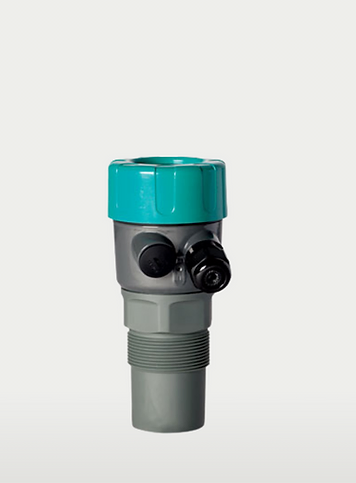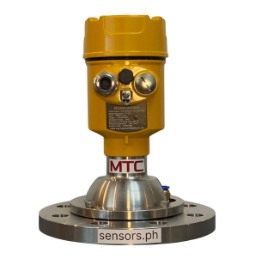We May Have the Sensor You Need!
If you’re searching for a specific model or don’t see exactly what you need, we encourage you to contact us! There’s a good chance we already have it or can source it for you.
This guide breaks down their differences, strengths, limitations, and ideal applications to help you choose the right level measurement solution for your operation.

October 24, 2025
We look forward to seeing you again at Propak 2026 where we hope to showcase some of our new products!
Accurate level measurement is essential for safety, process efficiency, and equipment protection across many industries. Two of the most widely used non-contact technologies today are the ultrasonic level sensor and the radar level gauge. While both devices measure the level of liquids or solids without touching the material, they work differently and offer unique advantages.
An ultrasonic level sensor measures level by sending high-frequency sound waves toward the surface of the material. The time it takes for the echo to return determines the distance, allowing the device to calculate the level.

Advantages
Limitations
Ultrasonic sensors are suitable for facilities that require affordable, straightforward level monitoring without extreme environmental challenges.
A Radar Level Sensor uses microwave radar waves instead of sound. These waves travel at the speed of light, reflect off the surface of the medium, and return to the sensor. Radar is known for its high accuracy and ability to perform in harsh or changing process conditions.
Advantages
Works with corrosive, viscous, or hazardous materials
Limitations
Requires proper installation placement to avoid internal obstructions

| Feature | Ultrasonic Level Sensor | Radar Level Sensor |
|---|---|---|
| Measuring Principle | Sound waves | Microwave radar waves |
| Accuracy | Moderate | High to very high |
| Environmental Sensitivity | Affected by vapor, dust, foam, temperature | Stable in harsh conditions |
| Suitable For | Clean, simple applications | Complex, harsh, extreme environments |
| Best Media | Water, wastewater, benign liquids | Solids, chemicals, oils, powders, corrosive liquids |
| Cost | Lower | Higher |
| Maintenance | May require cleaning | Very low |
For basic, low-cost, and clean applications, pick an Ultrasonic Level Sensor.
For demanding, high-performance, and industrial environments, a Radar Level Sensor is the smarter choice.
Both technologies are effective—the best option depends on your specific tank design, material type, and environmental conditions.
When to Use a Ultrasonic Level Sensor:
Choose ultrasonic if your application is:
Common Industries:
Water treatment, agriculture, food processing (non-harsh), municipal storage tanks.
When to Use a Radar Level Sensor:
Choose radar if you need:
Stable level detection despite foam or condensation
Common Industries:
Cement and construction, chemical processing, oil & gas, power generation, mining, grain and feed storage, food and beverage manufacturing.
We supply a full range of ultrasonic and radar level solutions designed for every industry—from water treatment to oil & gas, food processing, chemical storage, cement, and more.
Having trouble selecting the correct pressure instrument for your application?
Here’s a guide to help you choose the right instrument for your industry. You may also reach out to our technical team for expert guidance tailored to your specific process needs.
If you’re searching for a specific model or don’t see exactly what you need, we encourage you to contact us! There’s a good chance we already have it or can source it for you.

Copyright 2023 | All Rights Reserved
Measurement Technologies Corp. Philippines
Vraag hier je vrijblijvende offerte aan: